The Tobacco Museum of Prilep
Ever since it was imported from the New World in the 16th century, tobacco has played a starring role in the economy of Prilep. This humid, low-lying valley town offers perfect cultivating conditions, and the high-quality product grown here has long been exported to firms from around the world. We took a taxi to the outskirts of town, to visit the museum at Prilep’s Tobacco Institute.
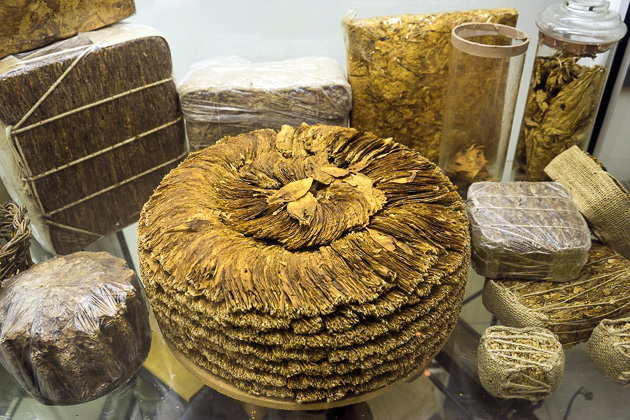
Aleksandar Cvetkoski, the museum’s custodian, greeted us at the entrance to the Tobacco Museum. After casting an initial glance around, we prepared ourselves for disappointment. The museum was just a single room with a dozen or so cases, none of which looked especially engaging. Luckily, Aleksandar proved to be an great guide, and his anecdotes brought the place to life.
Despite its modest appearance, this is among the largest tobacco museums in the world, with thousands of valuable pipes, snuff boxes, cigarette holders, lighters, and loads of other types of smoking paraphernalia. Only a fraction of the museum’s collection is displayed, while the rest sits in storage.
Many of the items in the museum had some sort of interesting back story. Take, for example, the pipe used by the Russian delegation during negotiations at the end of the Crimean War. It had been carved into a caricature of the Ottoman Sultan, sporting a British-style mustache and the hat of a stable boy. The inference was that the Sultan was Britain’s lackey, and the pipe so offended the Turkish diplomat that he quickly and foolishly signed an inequitable treaty, just to get away from the mockery of the Russians.
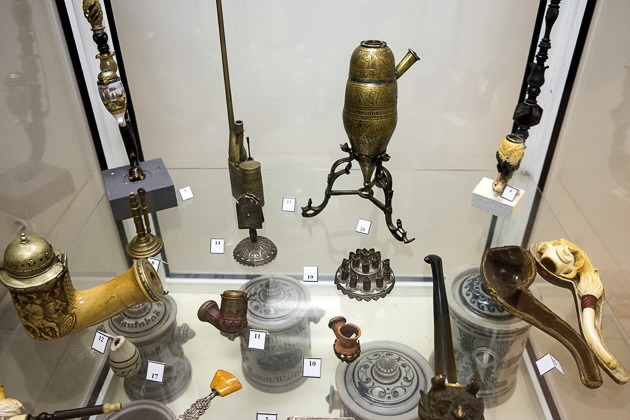
Another pipe was owned by an Austrian Archduchess infamous for killing a number of noblemen. “How do you think she managed to murder so many?” Aleksandar asked. I guessed poison. “You’re correct, in a way. But the poison utilized by this female Casanova… was syphilis!”
Yet another pipe had been presented to a European delegation visiting Sierra Leone, in the days of colonization. With a bust of their leader’s face carved into the wooden bowl, it was a nice thought, but one the Africans would soon regret. Set within the eye sockets were two tiny, shimmering diamonds… tipping the Europeans off to the riches hidden within the country’s mines.
I can’t vouch for the veracity of these tales, most of which had a touch of the fabulous, but they were definitely entertaining. And the pieces themselves are clearly priceless. We saw ancient pipes made of ivory, meerschaum, silver, amber, bone and gold, tobacco boxes inlaid with rubies, hunting pipes over three meters long, early cigarette-rolling machines, and a bizarre device which helps train beginners in the elegant art of snuffing tobacco.
In the end, we spent a much longer time in the museum than we had planned to. The stories were just too fun and, after our tour, we stuck around to enjoy a smoke with Aleksandar. I’m not sure why, but it tasted really good. Perhaps our visit to the museum had rekindled my appreciation for tobacco. As we were leaving, I said to Jürgen, “You know, we should smoke more often.” I wasn’t all that surprised when his response was a slap to the back of my head.
The Tobacco Museum is normally closed, but opens on request, so make sure to call ahead to arrange your visit. Aleksandar’s phone number is: (+389) 075 288 636




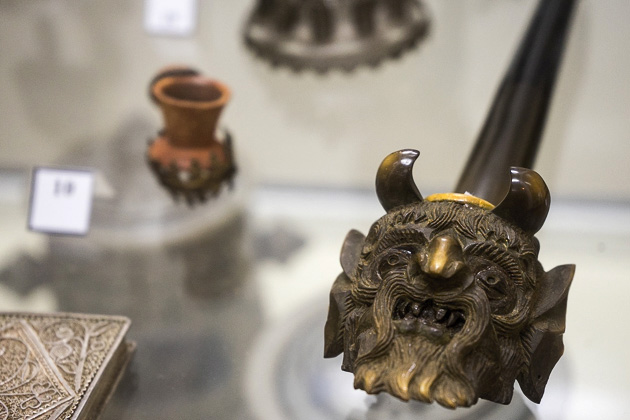
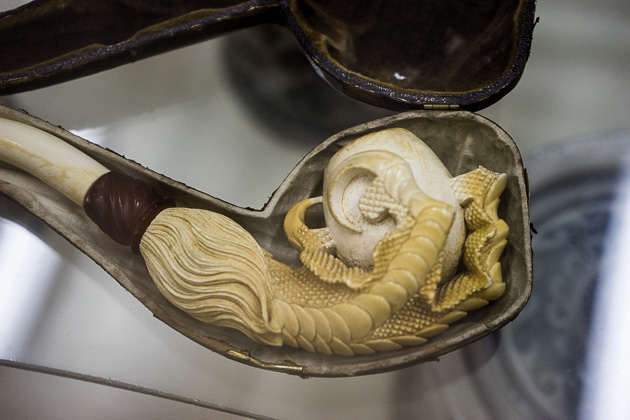
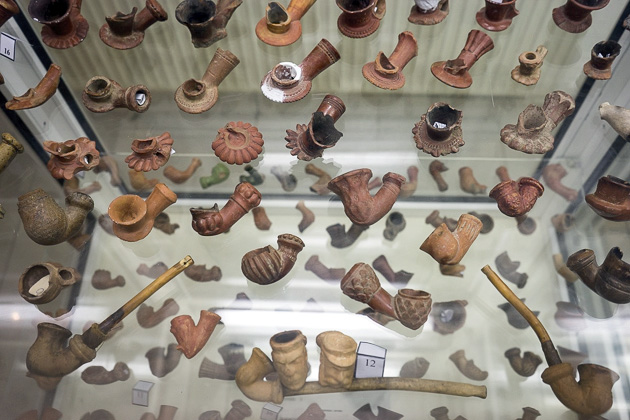
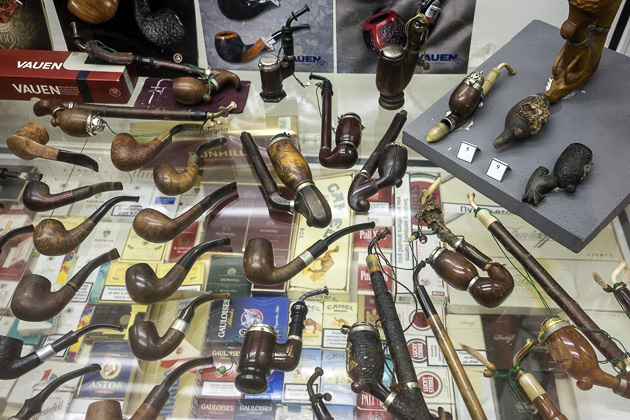
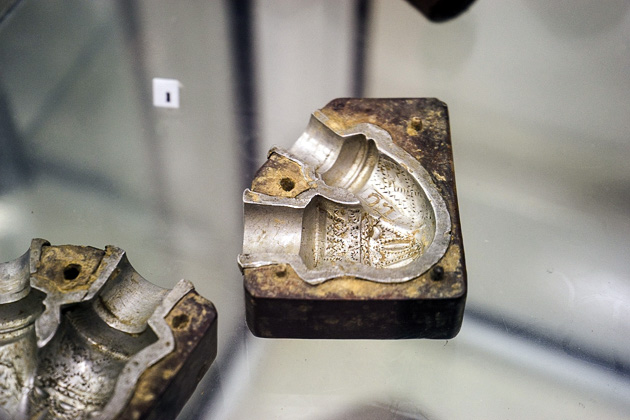
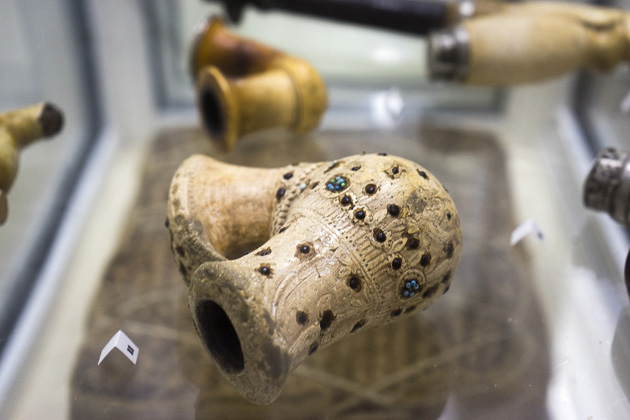

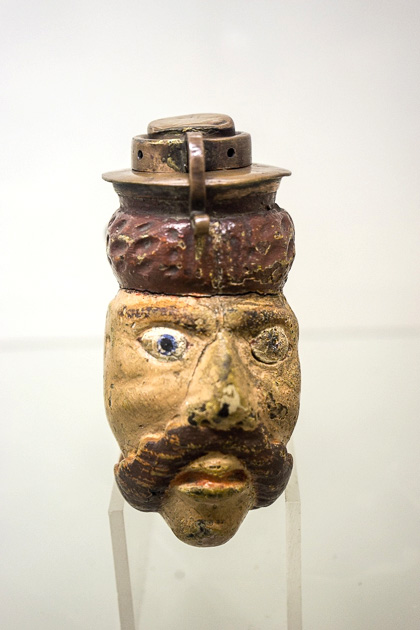
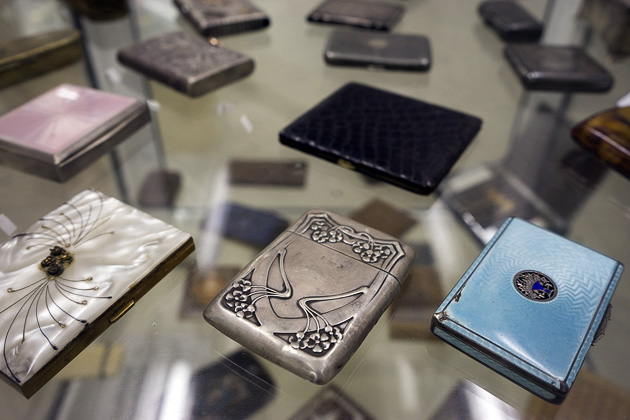

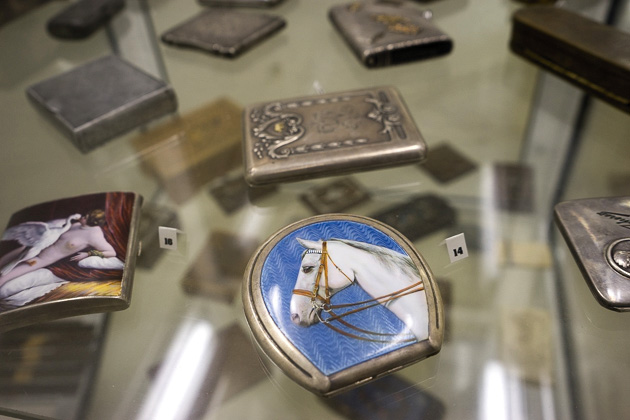
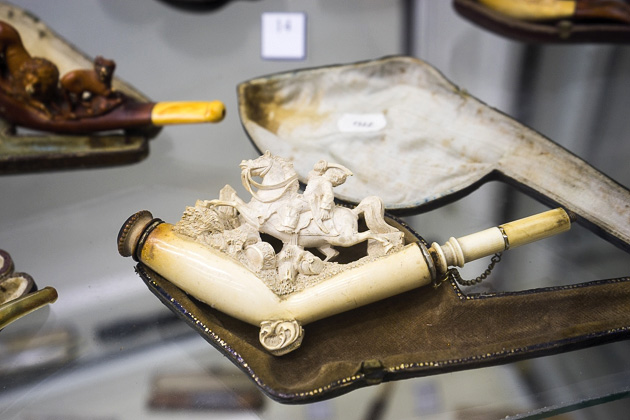


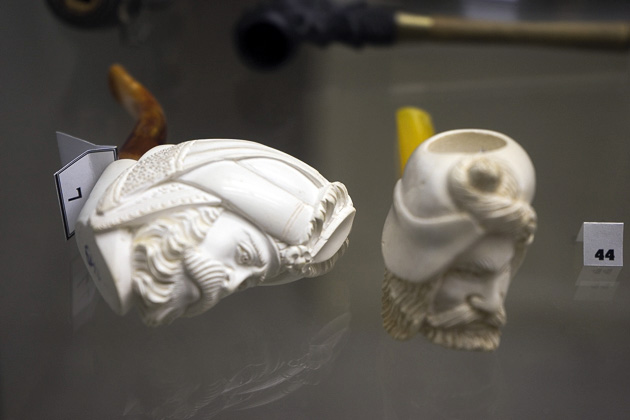
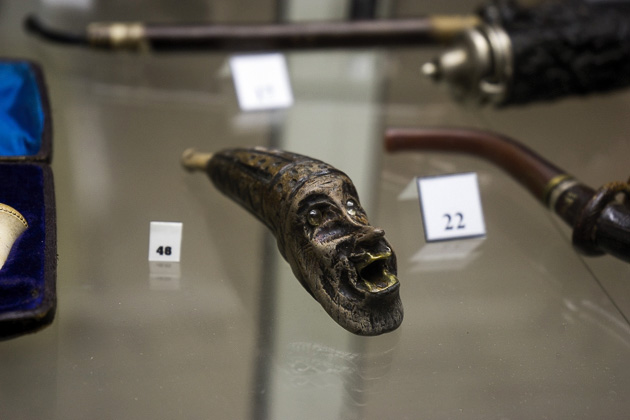

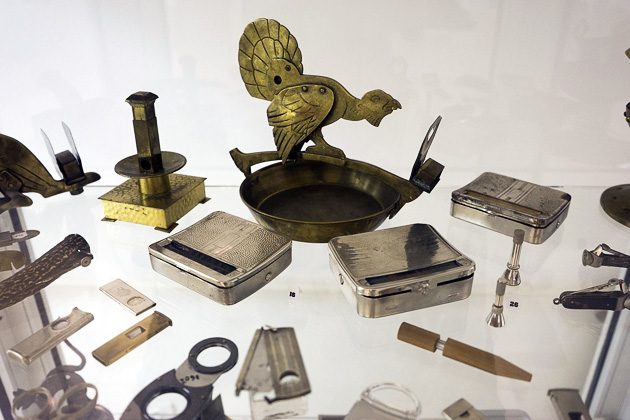
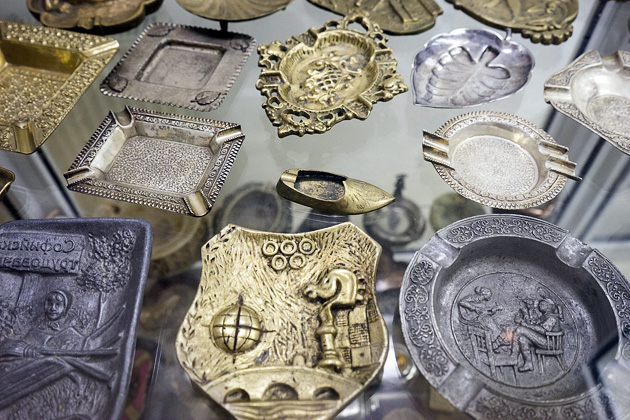
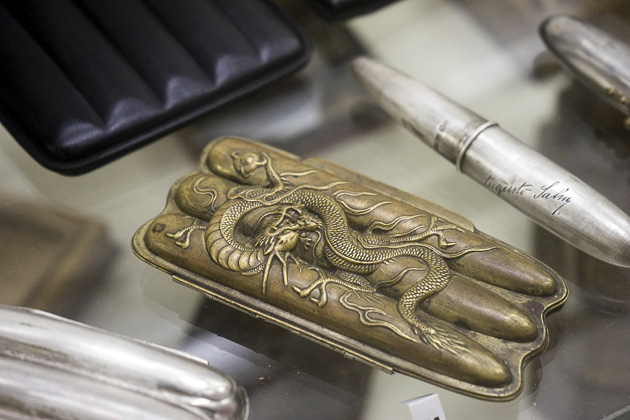
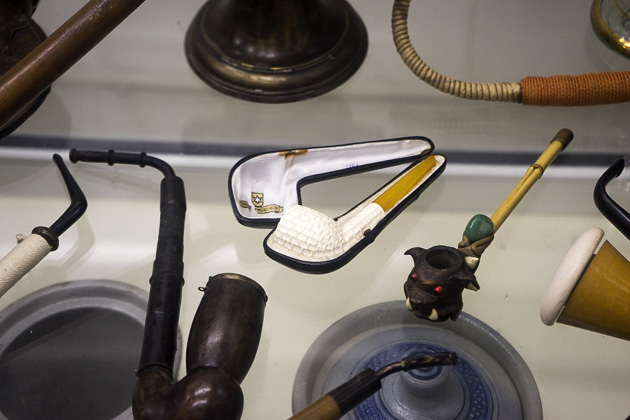
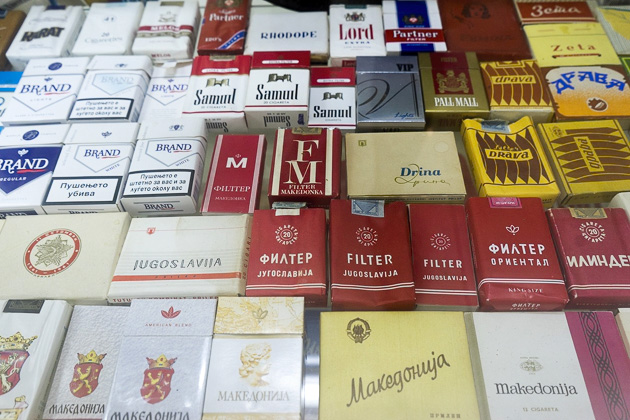
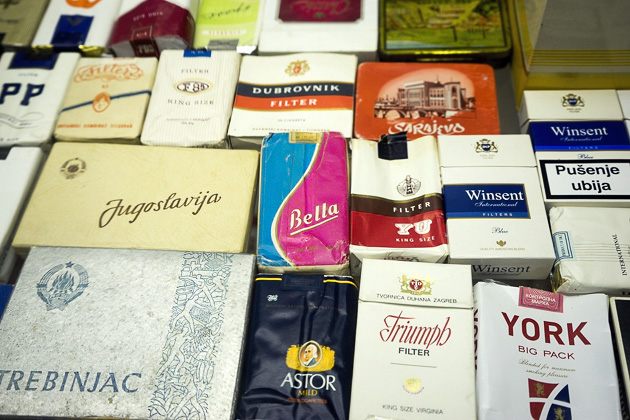

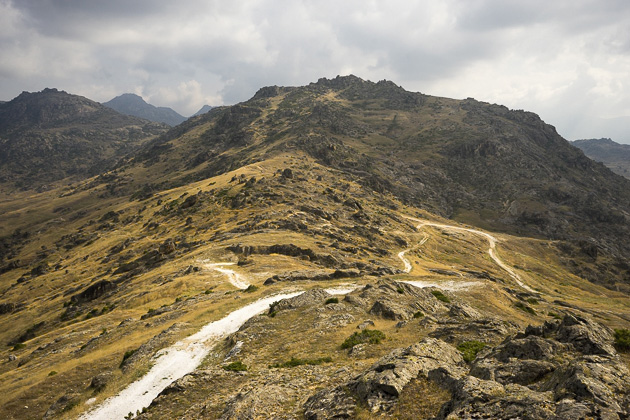
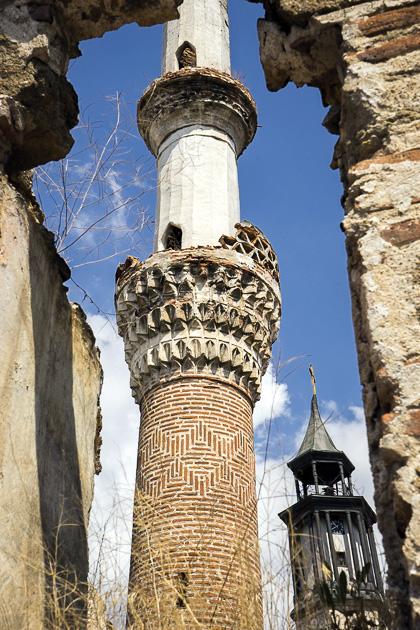


Pingback: Prilep and its Beer Festival | For 91 Days in Macedonia – Travel Blog
Pingback: The Dolls of ARTlandya in Icod - For 91 Days - Tenerife Travel Blog
Pingback: Die Puppen von ARTlandya in Icod - Teneriffa - Langsam Unterwegs - Teneriffa Reiseblog
Pingback: Die Puppen von ARTlandya in Icod - Teneriffa - Langsam Unterwegs - Teneriffa Reiseblog